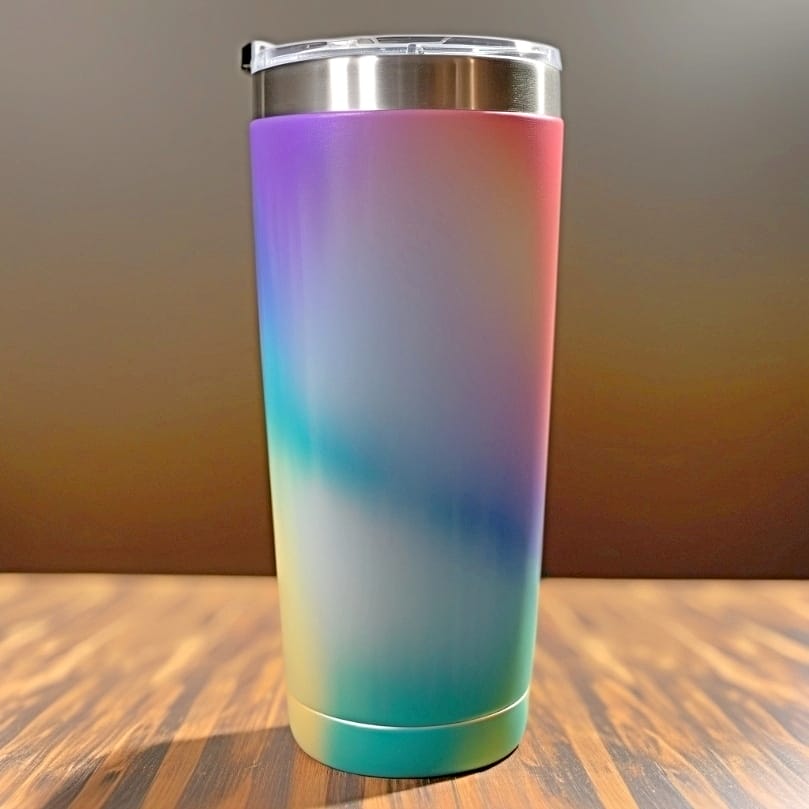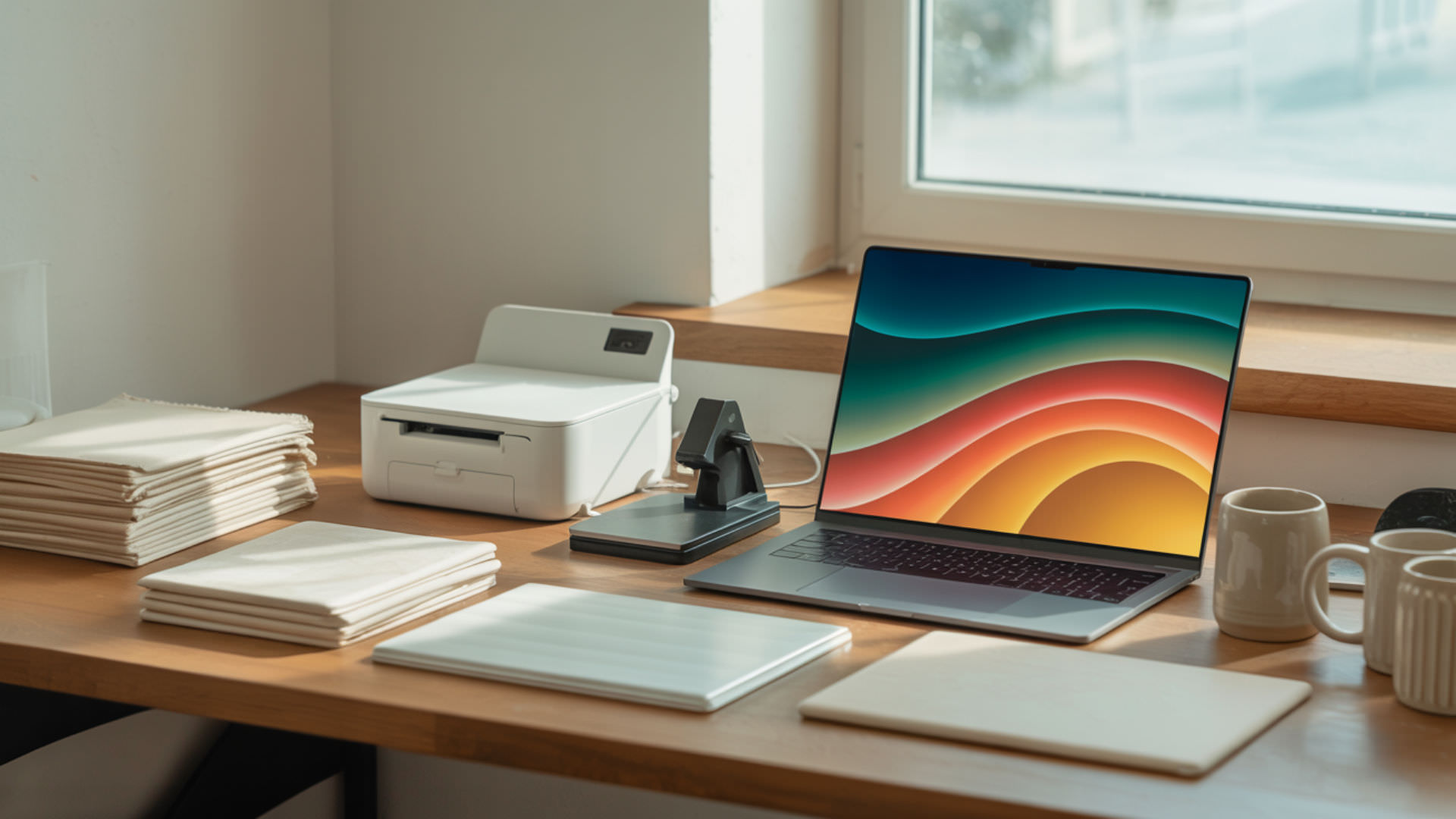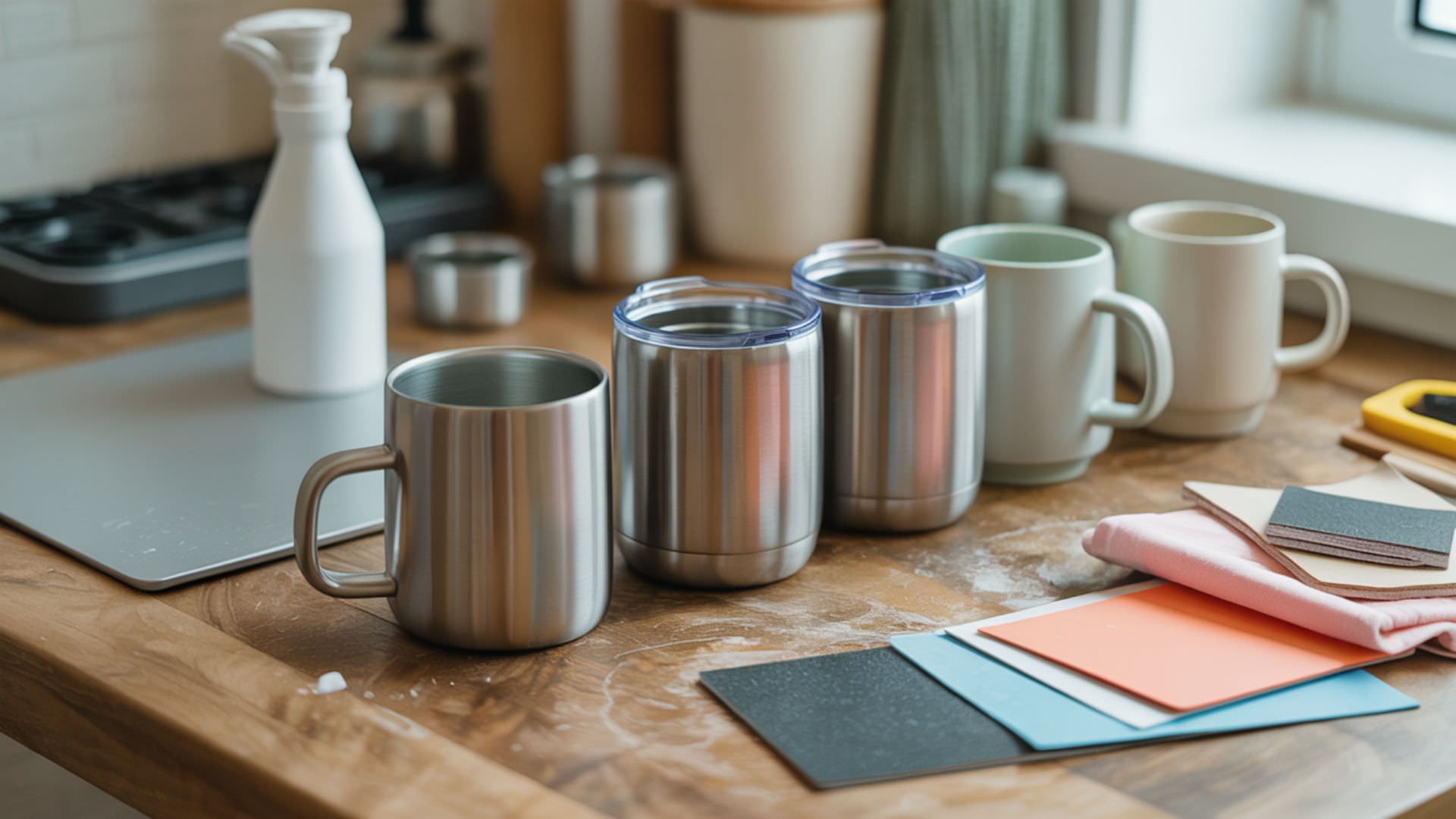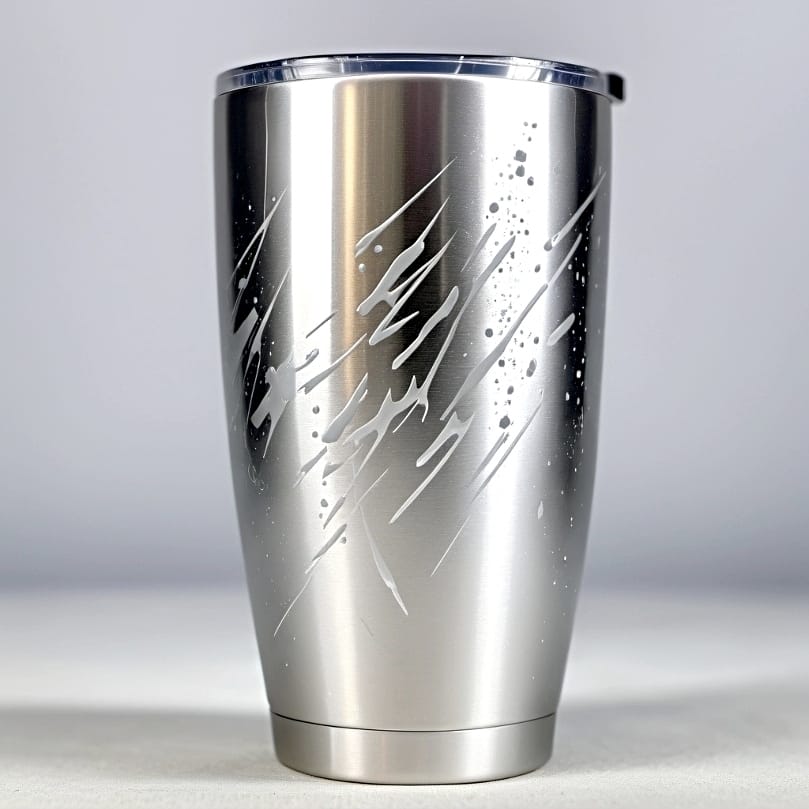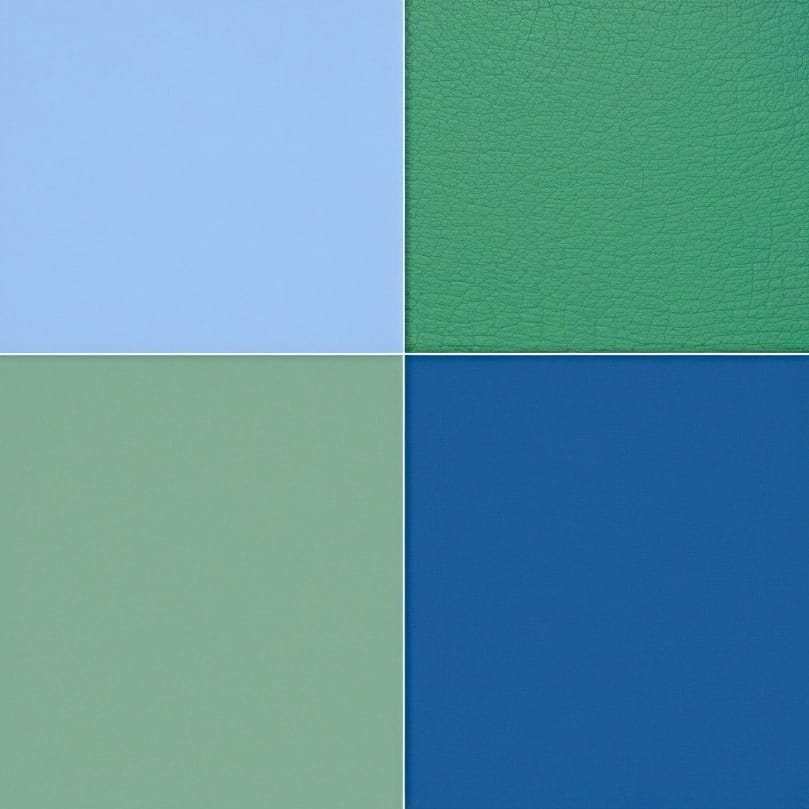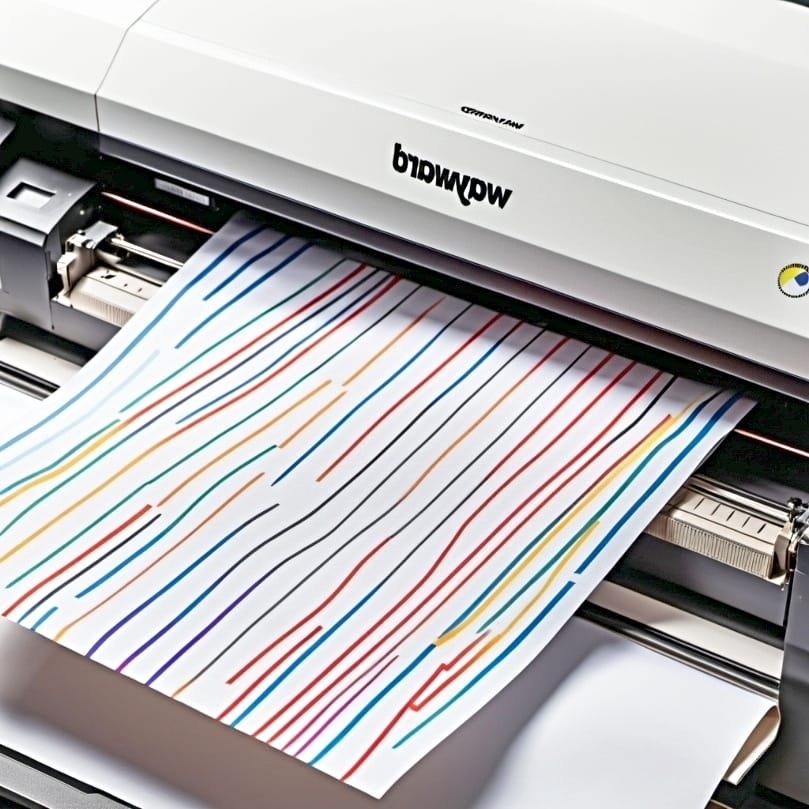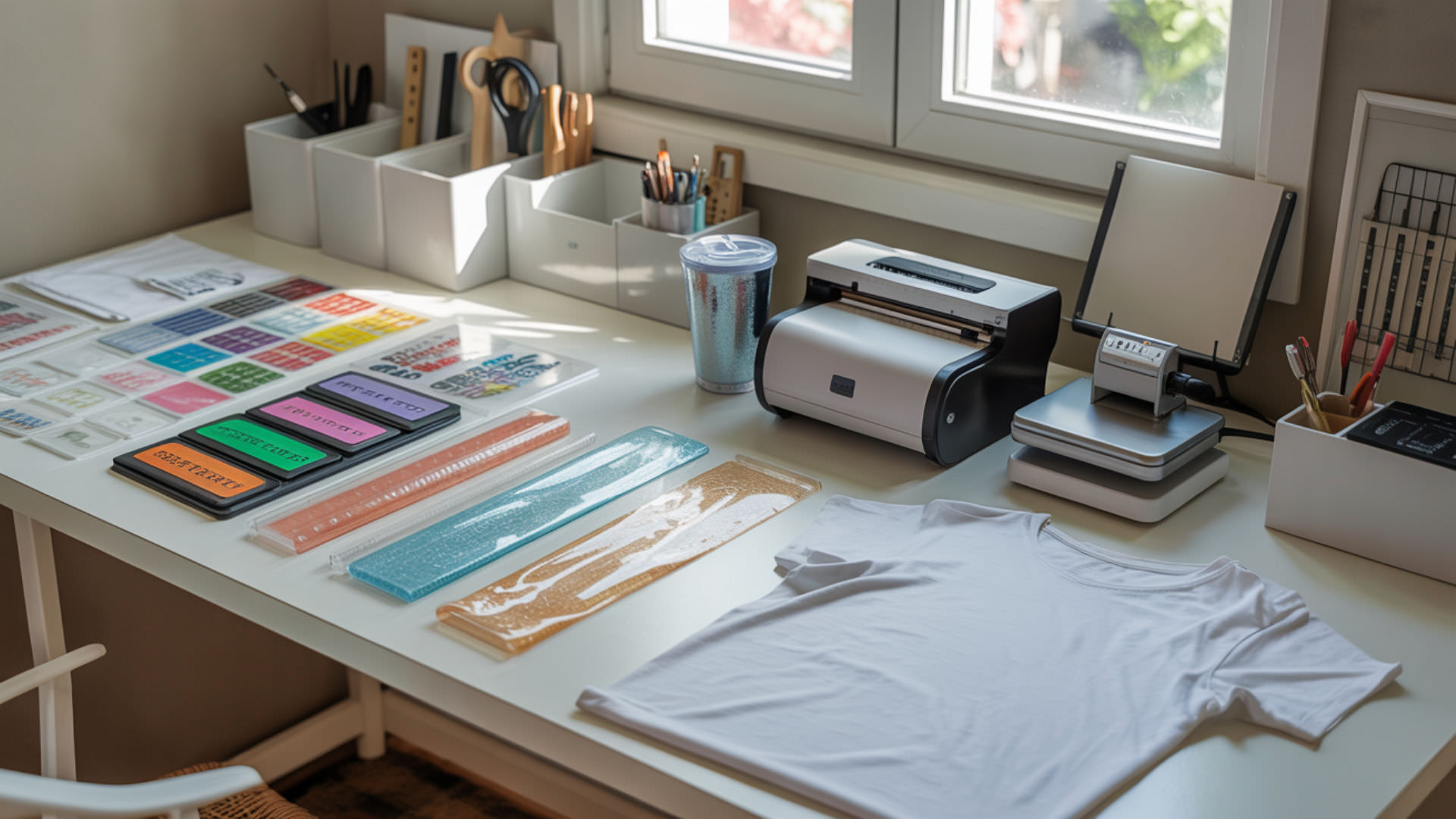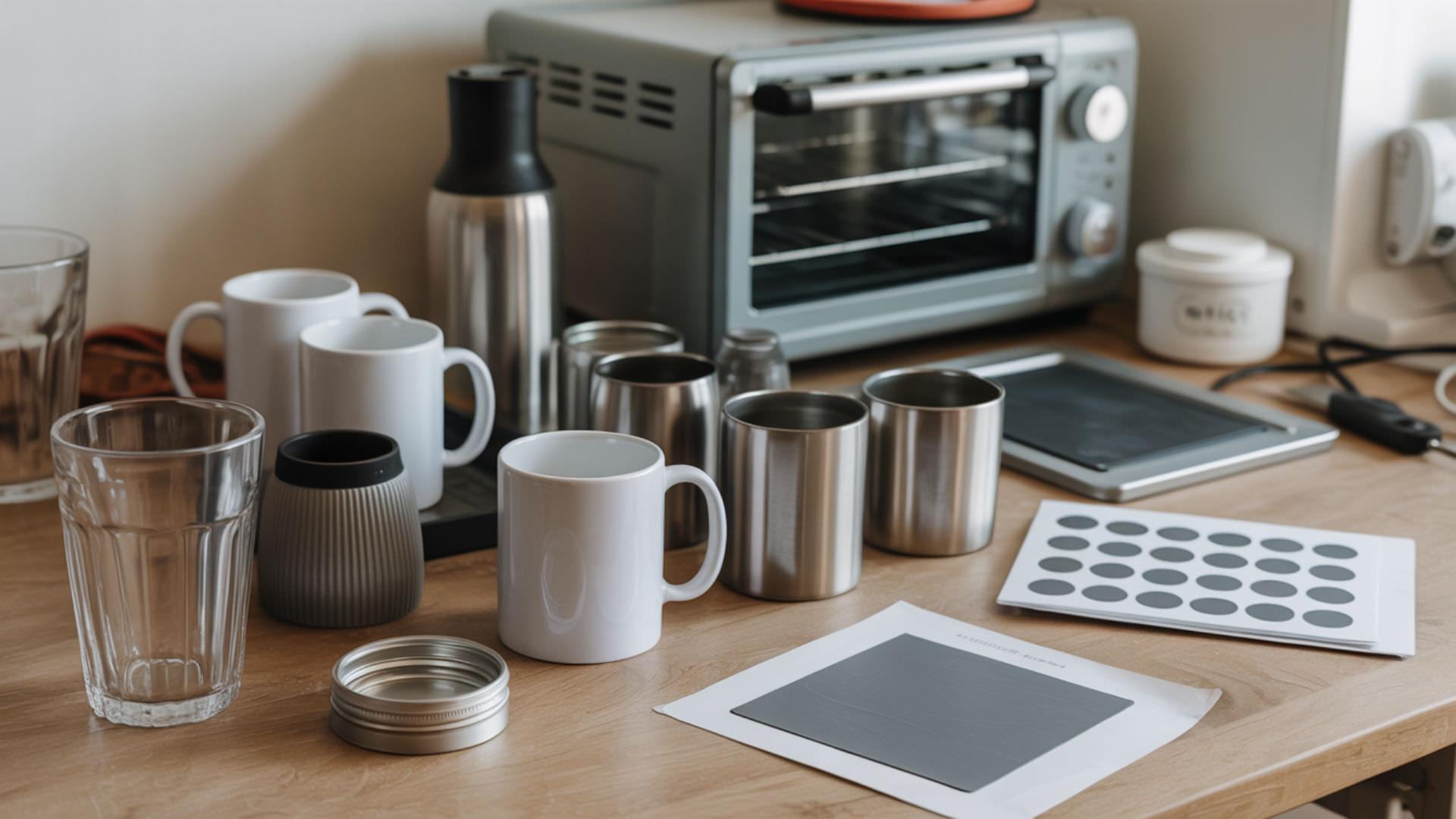Table of Contents
ToggleAre you concerned about blurred lines or dull colors in your sublimation projects? Discover essential tips on how to fix sublimation mistakes with this straightforward guide. Read on and look no further as we explore actionable solutions to common issues that can help you salvage and perfect your sublimation crafts!
Key Takeaways
- Sublimation errors such as color inconsistencies, ghosting, and faded prints can often be corrected by properly adjusting printer and heat press settings, using high-quality materials, and employing ICC profiles for color accuracy.[1]
- Sublimation project issues can sometimes be salvaged through repressing techniques or creative solutions like covering up flaws with additional designs, potentially transforming a flawed piece into a unique work of art.
- Optimal sublimation results rely on regular maintenance of printing equipment, mastery of heat press settings, choosing appropriate sublimation materials such as high-quality inks and substrates, and conducting pre-press checks with test prints to ensure balanced heat, time, and pressure.
Identifying and Correcting Common Sublimation Errors
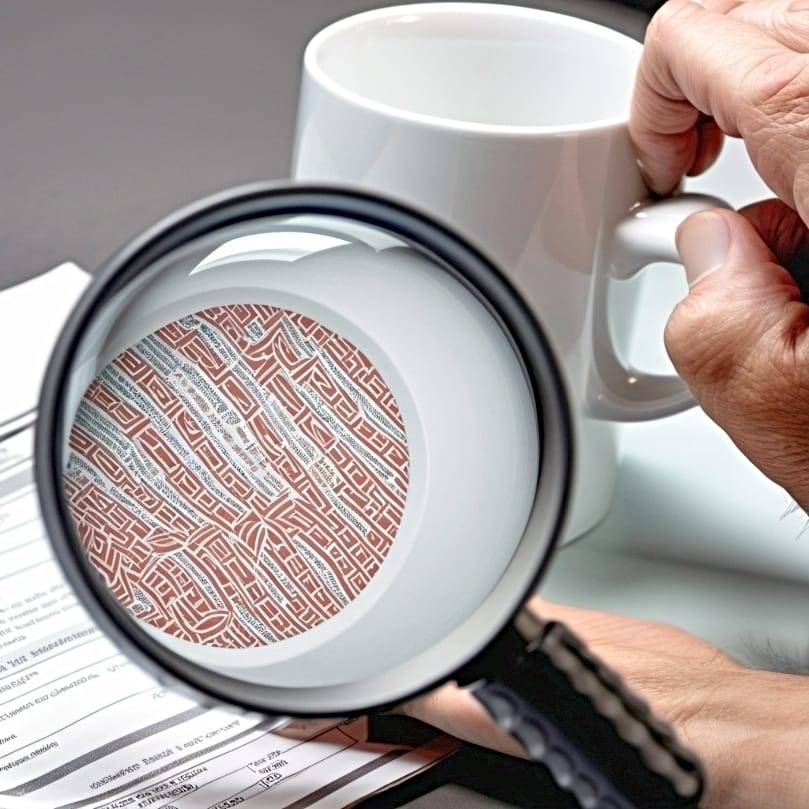
Perfecting sublimation printing begins with identifying and rectifying common errors. These could range from color inconsistencies to image ghosting and faded prints. Understanding these issues and applying the right fixes can significantly enhance the quality of your sublimation projects.
Color Correction Techniques
Frequently, sublimation printing faces stumbling blocks due to color-related issues. Faded colors, color shifting, and uneven colors can turn a beautiful design into a mess. But don’t worry, there are several color correction techniques that can help you achieve consistent and vibrant colors.
You can achieve accurate color reproduction by adjusting printer settings, manually correcting colors, and utilizing ICC profiles.
Eliminating Ghosting and Blurring
Sublimation prints can appear unprofessional due to ghosting and blurring. These issues often arise due to the sublimation transfer paper shifting during the process or the substrate being exposed to excessive time or temperature in the heat press. To avoid these issues, using high-quality sublimation transfers is essential.
To avoid these problems, it’s important to securely position your sublimation transfer paper and ensure you’re using the recommended time and temperature settings.
⫸ Click Here For Best Selling Sublimation Printers And Products ⫷Addressing Faded or Dull Images
There’s nothing more frustrating than completing a sublimation print only to find the image is faded or dull. This can happen due to incorrect use of color profiles, incorrect sublimation paper adjustment, or the initial quality of sublimation ink before heat is applied.
Checking and adjusting your heat press settings, along with using high-quality sublimation ink, can prevent this issue.
Heat Press Test Strips
Ensuring accurate temperature distribution across your heat press platen is crucial when working with Heat Transfer Vinyl. Utilizing heat press temperature test strips can help identify any cold spots or temperature inconsistencies. These strips change color when exposed to specific temperatures, allowing you to verify that your press reaches and maintains the desired heat levels.
Rescue Tactics for Sublimation Projects Gone Wrong
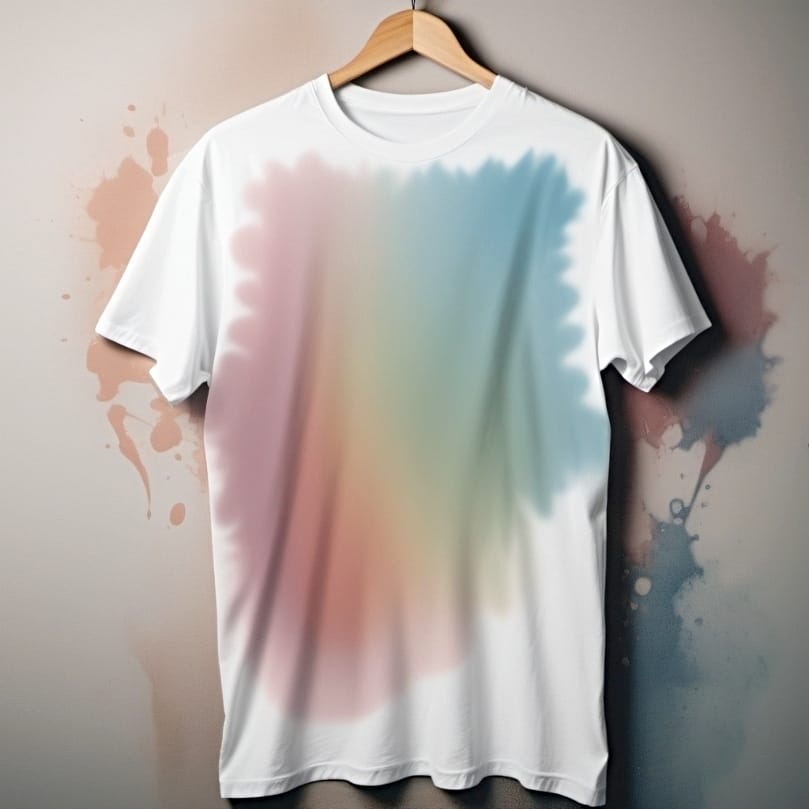
Meticulous planning and attention to detail may not always prevent sublimation projects from going awry. But don’t despair! There are several rescue tactics you can employ to save your project, whether it’s repressing the print or using creative techniques to cover up the flaws.
Repressing to Diminish Visible Mistakes
The quality of flawed sublimation prints can be enhanced through the valuable technique of repressing. Whether it’s adjusting the design composition, decreasing the printing speed, or improving the print quality, repressing can help you turn a flawed print into a masterpiece.
Creative Cover-Ups for Flawed Transfers
If repressing isn’t an option, there are still ways to salvage your sublimation project. Creative cover-ups, like using larger prints to cover the affected area or adding complementary design elements to make a mistake look intentional, can transform a flawed transfer into a unique piece of art.
Optimizing Your Sublimation Setup
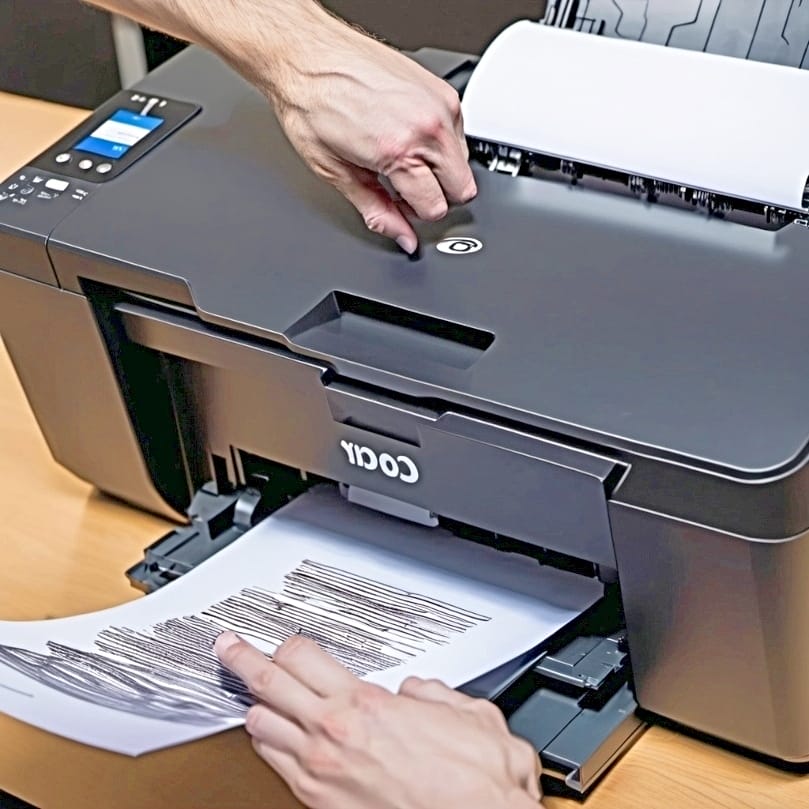
Optimizing your sublimation setup is a key step towards achieving the best results in sublimation printing. This includes ensuring proper printer maintenance and mastering the settings of your heat press.
Ensuring Proper Printer Maintenance
Successful sublimation printing hinges on regular maintenance of your sublimation printer. This can prevent ink clogs and other related issues, ensuring your printer operates smoothly and continuously produces high-quality prints. Investing in reliable sublimation printers is crucial for achieving optimal results.[2]
Heat Press Mastery: Temperature and Pressure Settings
Another aspect of optimizing your sublimation setup is gaining mastery over your heat press settings. The right balance of temperature and pressure can ensure the successful transfer of the sublimation design onto the substrate, resulting in vibrant and durable prints. Additionally, using a convection oven for certain applications may provide more even heat distribution.
Material Matters: Choosing the Right Substrates and Inks
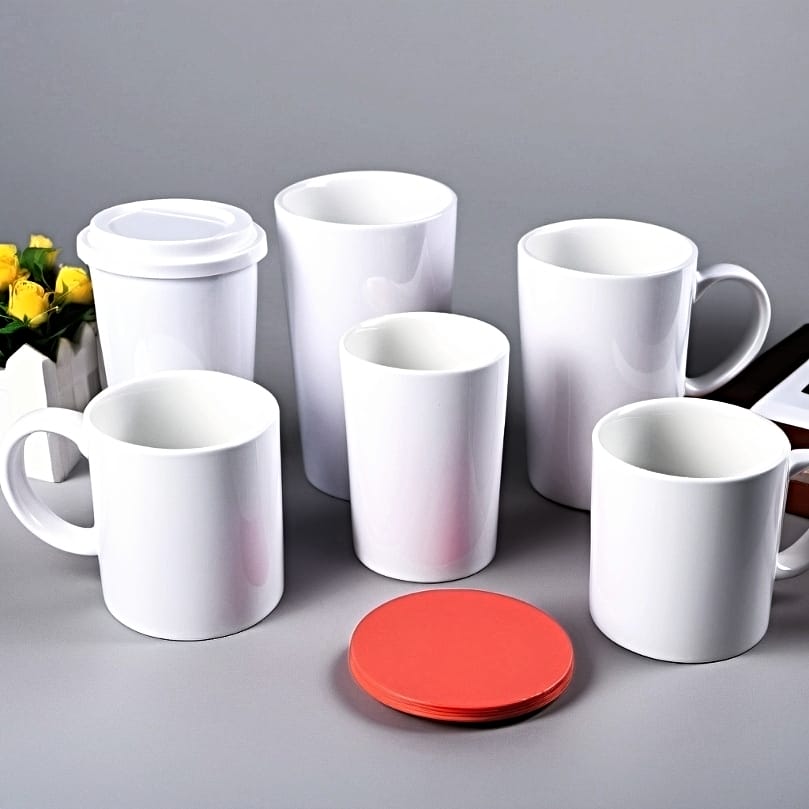
The final outcome of your sublimation project can be significantly influenced by the materials used, from substrates to inks. Choosing the right materials is therefore crucial to achieving successful sublimation prints.
Selecting Compatible Sublimation Blanks
The success of your project hinges on your choice of sublimation blanks. Opting for a high-quality sublimation blank with a poly-coating or sufficient polyester content can ensure effective ink transfer and vibrant prints. Lower polyester content could impact the results of your projects.
Investing in Premium Sublimation Ink
The final product is significantly impacted by the quality of your sublimation ink. Investing in premium sublimation ink can enhance the vibrancy and longevity of your prints, ensuring stunning results that last. A brand I recommend moving into 2025 is the Hiipoo Sublimation Ink.
Pre-Press Checks and Balancing Act
Conducting pre-press checks and balancing heat, time, and pressure settings should be done before starting the pressing process. This can help you avoid common sublimation mistakes and ensure optimal transfer results.
The Importance of Test Prints
A crucial element of the pre-press process is executing test prints. They allow you to catch any potential issues before you print on your final substrate, helping you avoid costly mistakes and ensure accurate color reproduction.
Balancing Heat, Time, and Pressure
The quality of your sublimation prints can be greatly affected by the delicate act of balancing heat, time, and pressure during the sublimation process. The right balance ensures efficient transfer and bonding of the design to the substrate, resulting in high-quality, vibrant prints on various items, including sublimation tumblers.
Navigating Sublimation Paper Selection and Usage
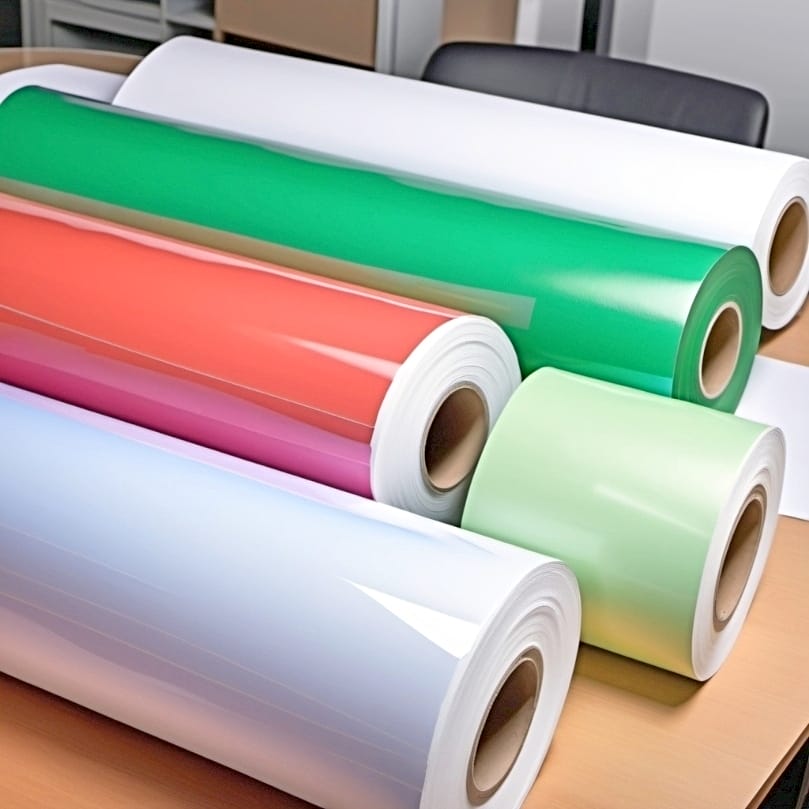
A significant difference can be made to your sublimation projects by choosing the right paper and using it correctly. With the right paper, you can ensure optimal ink transfer and vibrant colors.
Types of Sublimation Paper
The market offers various types of sublimation paper, each boasting its own benefits. Understanding these options will help you select the best paper for your specific project.
Tips for Handling and Storing Sublimation Paper
Damage can be prevented and optimal transfer results ensured through proper handling and storage of your sublimation paper. It’s important to handle your paper carefully to avoid oils and moisture from damaging it and to store it in a cool, dry room away from sunlight to maintain its quality.
Advanced Troubleshooting for Persistent Problems
Advanced troubleshooting may be required if you encounter persistent problems in your sublimation projects. This section will guide you through diagnosing and fixing complex issues like banding and substrate-specific challenges.[3]
Diagnosing and Fixing Banding Issues
The smoothness of your sublimation prints and their professional appearance can be disrupted by banding issues. By running the cleaning mode in your printer’s settings and ensuring your ink cartridges are replenished regularly, you can diagnose and fix these issues.
Tackling Substrate-Specific Challenges
Different substrates present their own unique set of challenges. Some common challenges include:
- Uneven heating
- Dealing with seams
- Ensuring proper adhesion
- Avoiding color bleeding or fading
Understanding these substrate-specific challenges can help you tackle them effectively and achieve flawless sublimation results.
Summary
To conclude, achieving perfect results in sublimation printing requires careful planning, attention to detail, and a little patience. Whether you’re a beginner or an experienced printer, these tips can help you overcome common sublimation problems and create stunning prints every time.
Frequently Asked Questions
Can you fix a sublimation mistake?
Yes, you can fix a sublimation mistake by using a heat press or iron, along with heat transfer paper, sublimation ink, and a printer capable of printing sublimation ink.
Can you overheat sublimation?
Yes, you can overheat sublimation by applying a sublimated transfer to a hot surface, which may lead to ghosting. Be cautious about the work environment’s humidity level as well.
How can I ensure proper printer maintenance?
To ensure proper printer maintenance, it’s crucial to clean your printer at least once a week to avoid ink clogs and related issues.
What materials are best for sublimation printing?
For sublimation printing, materials with a poly-coating or high polyester content, such as polyester, nylon, spandex, and lycra, are the best choices for effective ink transfer.
What are some tips for handling and storing sublimation paper?
Handle sublimation paper carefully to prevent damage from oils and moisture, and store it in a cool, dry room away from sunlight to maintain its quality. Avoid sunlight to preserve the paper’s quality.
References
- Wikipedia contributors. (2024b, January 26). ICC profile. Wikipedia. https://en.wikipedia.org/wiki/ICC_profile
- Ultimate printer maintenance checklist: How to keep your printer running smoothly. (2023, September 1). https://www.brother.com.ph/en/blog/ultimate-printer-maintenance-checklist-how-to-keep-your-printer-running-smoothly
- How do you troubleshoot common printing problems? (2023, October 5). www.linkedin.com. https://www.linkedin.com/advice/0/how-do-you-troubleshoot-common-printing-problems-skills-graphics

